A video call can get you in the ballpark, but it won't get you to the game. At AC, we're well used to screens, phones and WhatsApp to chat with partners in far-flung places (a service used by everyone but Americans, it seems), but there's nothing like getting on a plane and seeing someone for real. So in the spirit of sealing friendships and getting a line on some killer seafood, I packed my bags, camera and notebook this June and jetted off to Venice to see AC's excellent friends at Sarto Bikes.
"Ok, you have full insurance," explained the lady behind the car rental counter at Venice's Marco Polo airport. "Even if you just bring back the number plates and the keys, you won't have anything to pay."
"That would have to be some accident," I said.
"Yes," she answered, pausing for a moment while handing me the keys. "Then we would know that Italy has done her worst to you. Good luck!"
On that happy note, I slipped the keys into my pocket and went to find my soon-to-be-toast Fiat 500 (stick, no less). Before too long, I was on my way to Sarto. And it was hot - barely 9 am and already close to 90. Luckily, the ‘500 had a wheezy air con system that brought the temperature down to a cool 89, and as blurred green fields of something or other passed by and bombastic Euro-trash rock blared on the radio, I experienced a sense of contentment only the truly moronic can feel while driving in a foreign country at speed.

Sarto had me staying at an old Duke's residence in a town called Dolo, close to the Riviera del Brenta. And what a place it turned out to be. Villa Goetzen has it all: old-world Venetian charm, a reputation for magnificent seafood, and an owner who welcomes you with a wood saw.
"Ahahaha, you are here!" cried the man running into reception.
"Ahahahaha!" I shouted back.
"Oops, sorry, the saw," he said sheepishly, smiling in welcome. "I was working in the garden. So, you arrived - Sarto, yes?"
After checking in and toppling bottles in the mini bar in search of brandy but only coming up with sparkling water, I decided to fire up the Fiat once more and head out to find Sarto without delay.
"Welcome, Pete!" exclaims Sarto's CEO, Enrico, who pops out to meet me as I walk to the door. Sarto's pleasantly brutal HQ sits at one end of a modestly-sized industrial park, with olive trees giving way to open green fields on two sides. It's oddly calming for a factory and unlike anything I've visited before.



Enrico is an energy ball, but it's not at all irritating. He's fast and focused, with a gentle voice that could sell toffee. It's an engaging mix that makes me feel at home right away. Small talk commences and is soon dispensed with as we start the tour, accompanied by equally likeable Tommaso from sales and marketing, or 'Tommy' as I hear him called by smiling staff members as we go from one area of the factory to another.
I'm here to find out about the brand, take photos and try for a little video, too, but thanks to the familial, friendly atmosphere that makes this place sing, I don't feel at all phased. But then again, I don't even take my lens cap off. You can be too comfortable.
Meanwhile, the tour continues. "Tubes, building, paint - we do everything in-house," explains Enrico, who demonstrates an intimate knowledge of every part of the process. "Our first carbon frame was in 2003, so as you can imagine, we've gained a lot of knowledge since then!" he laughs. Back then, Sarto, fresh from decades of building steel bikes, was testing the waters to see if carbon fibre had a future - something far from certain at the time. We move towards a testing jig that houses a raw frame. As Enrico adjusts dials and settings, he talks about the moment he realized Sarto had to pursue the new material's potential. "I'd made some advances in the building process, and I told my father, it's too beautiful. We must try, even though there's so much to learn." But learn they did.



I've never seen carbon fibre tubes come to life before my eyes, but I can't imagine it's done much better than this. Enrico's sister-in-law Alessandra carefully presses raw carbon into moulds, trimming and adding with intense concentration. If you had to defuse a bomb, you'd want Alessandra to make it safe. After several more painstaking steps, it's off to the autoclave, where a lot of energy comes to bear to bring the tubes to life. Later, they're brought out, cleaned and sent to the builder to start the assembly process. Enrico mentions that soon he'll replace the entire roof in preparation for a solar power array that will see their mains power use drop to zero when it's sunny, with plans to store energy in battery cells. "Sustainability in our energy consumption is essential," he says. "The same goes for the raw carbon fibre we use. It's made in Italy, quite close by, but we're always concerned with doing more for the whole life of the material."



Precision is the watchword. Enrico explains how years of experience and investments in carbon fibre technology have led them to become recognized experts in their field and a defacto safety check facility for other brands and importers looking to go beneath the surface of their imported frames. "Yes, often people come to us with a frame - can you check it for me?" he says. "Of course, we can, but often the result is not good. There are many carbon frames, but often we have to tell the person their frame is unrideable," he shrugs. The same reputation for quality saw Sarto supply several well-known Italian bike 'manufacturers' with raw frames stickered up and sold under different names. That all ended in 2018 when Enrico decided to focus exclusively on Sarto bikes, dropping all 'OEM' projects.




Between the system they have established, production and the paint shop, Enrico's team test each frame along the way, noting if anything diverges from a set parameter - a rare occurrence - checking alignment, finish and detailing before one final buff sees it hanging up on the rack to await shipping. Each frame is tailored to the client's geometry, and as we walk into the graphics department, led by designer Erica, I get a sense of how much one Sarto can differ from another.
"My job here is the design part of the graphics," explains Erica. "I ask the clients what they want from a visual perspective - I don't do the geometry, ok!" Erica laughs, something she does a lot. She's also a wedding photographer on the weekends. "I like shapes, light, perspectives," she says. "I studied graphic design at school and university. I've been fortunate with the mentor I had during my studies. She introduced me to Enrico, and that's how I started here!"


I can't help noticing how many women there are at Sarto. So I ask Erica about her experience working in a traditionally male-dominated industry. "Well, Sarto is a majority women workplace!" she laughs. "I've had a great experience. Enrico's wife Chiara works here, too - actually, she's the real boss, but don't tell Enrico - so I haven't struggled as I know other women have and continue to do in other companies and fields. I feel lucky." As Tommy approaches to whisk me off to lunch with Enrico, I just have time to ask Erica what she enjoys most about her job. "I enjoy the whole process, honestly," she says. "But getting to the final step, when I've maybe suggested a few changes so the design renders better to the frame, and seeing the result in real life, is always amazing."


Lunch is a short walk away at a family-run worker's restaurant in the middle of the industrial park, accompanied by Enrico and Tommy. No package sandwiches and cans of soda here. It's ragu day. Pick your pasta, sit down and wait with a glass of sparkling water and enough breadsticks to build a miniature Colosseum. The gravy is good, and the pasta is al dente. There's home-baked bread on the side and, later, espresso to keep the eyes open. Working after such a meal should be outlawed. It's downright cruel, and I make a note to tell Chad and Kalara about this unjust practice upon my return.
We tramp back to Sarto and chat about this and that. Spending one day here is really only enough to scratch the surface of what makes Sarto tick. A lot seems down to Enrico's passion and endless drive. He's unwilling to accept that something can't be done. It has to be done. And if a machine doesn't exist to make a part or complete a process, he'll design one to do it. "In Italy, you have to always find things out for yourself," he says, just as his 92-year-old father, Antonio, pulls up alongside us in his car. "Maybe it's not the same in other countries, but knowledge is too secret in Italy. I think we could be more collaborative as a country. Hello, Dad!"

92 and still strong as an ox. And that steely gaze. I snap a photo of father and son at the entrance to the factory before Antonio heads off to chat inside. "My father started what would become Sarto in 1960 - can you imagine that?" Enrico says in disbelief. "He still comes in every day. His passion for the bike is incredible." Clearly, the cannoli doesn't fall far from the tray.

After more photos, including a portrait of Chiara holding one of the many frames she helped bring to life, and a sit-down interview with Enrico for the film, it's time to go home. Enrico and Tommy have graciously offered to join me for dinner, so we plan to meet later. For now, though, I say my goodbyes and realize I will miss this happy, busy place.
The next morning sees me back at the airport, returning my keys (and car) to the rental firm. "So, Italy treated you well, eh?" my new dry-witted friend jokes as I shoulder my bag and turn for the gate. "Make sure to come back soon!"

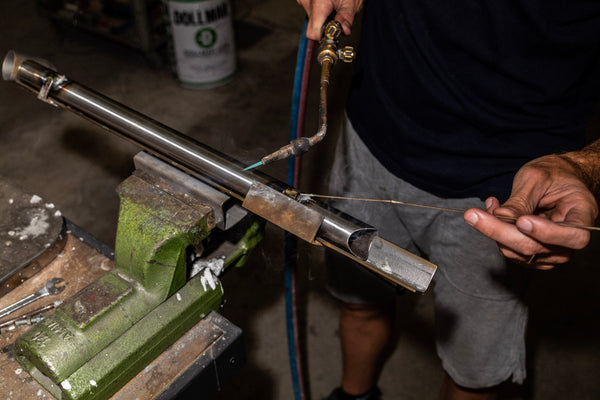
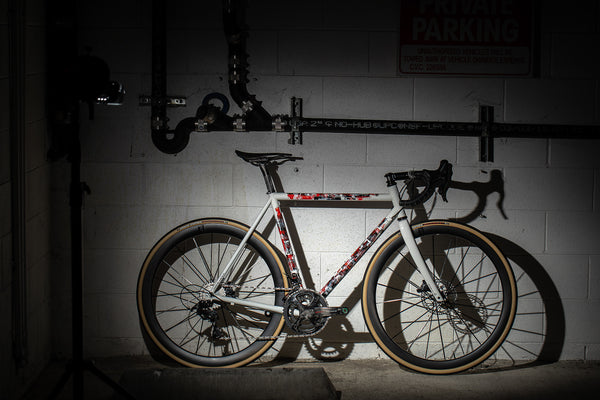
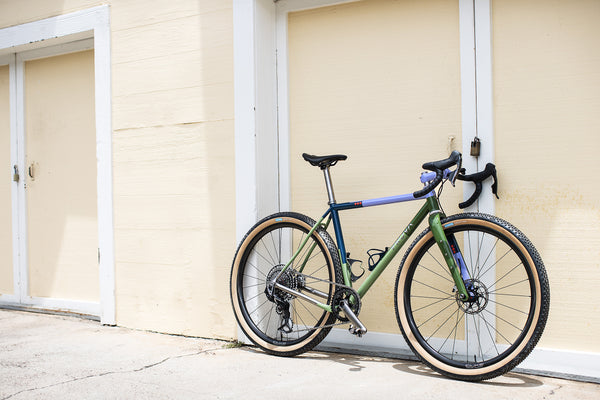
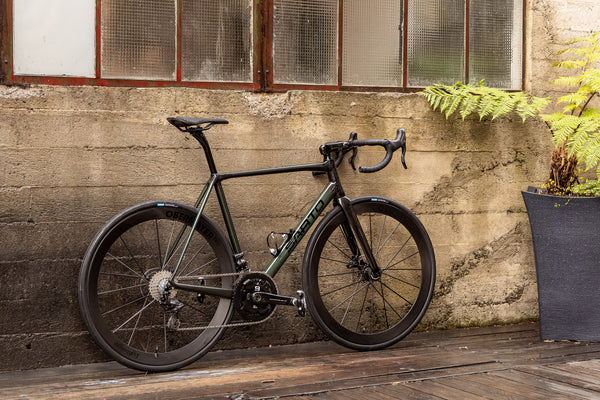



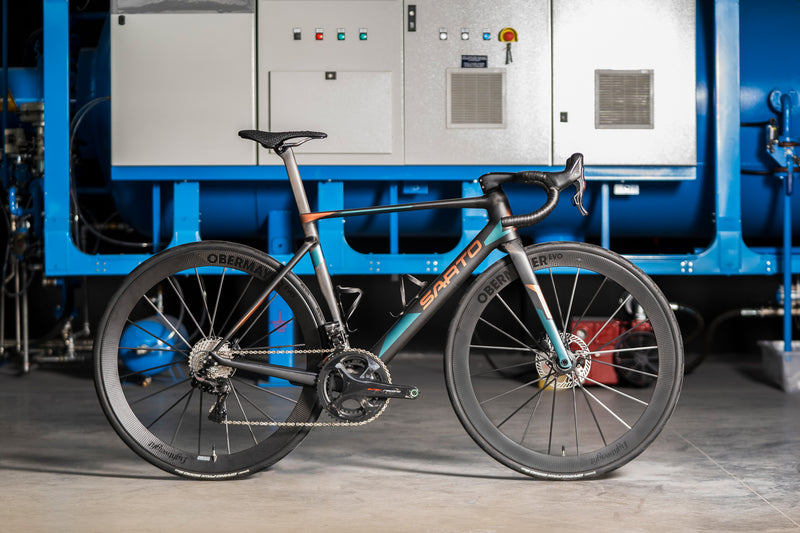
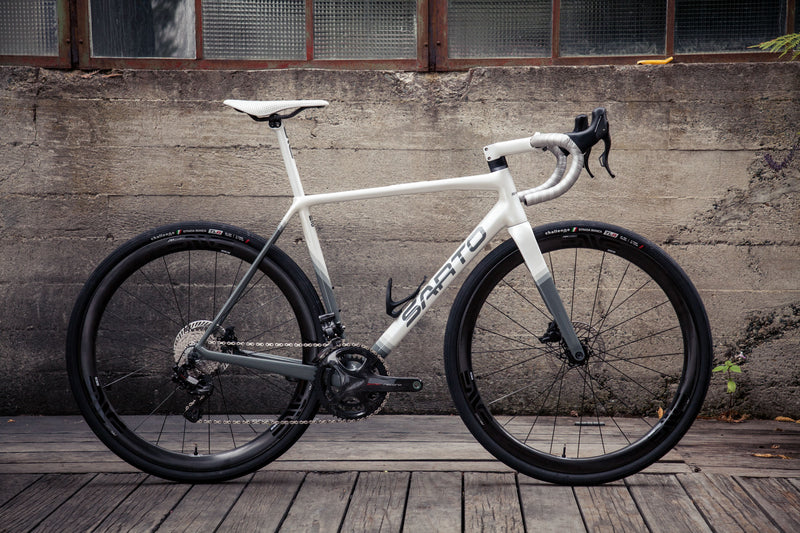
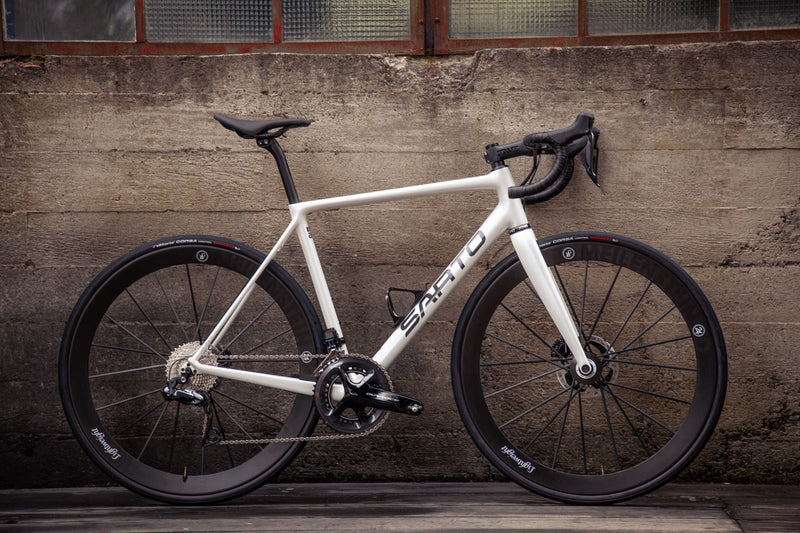
Back to Videos